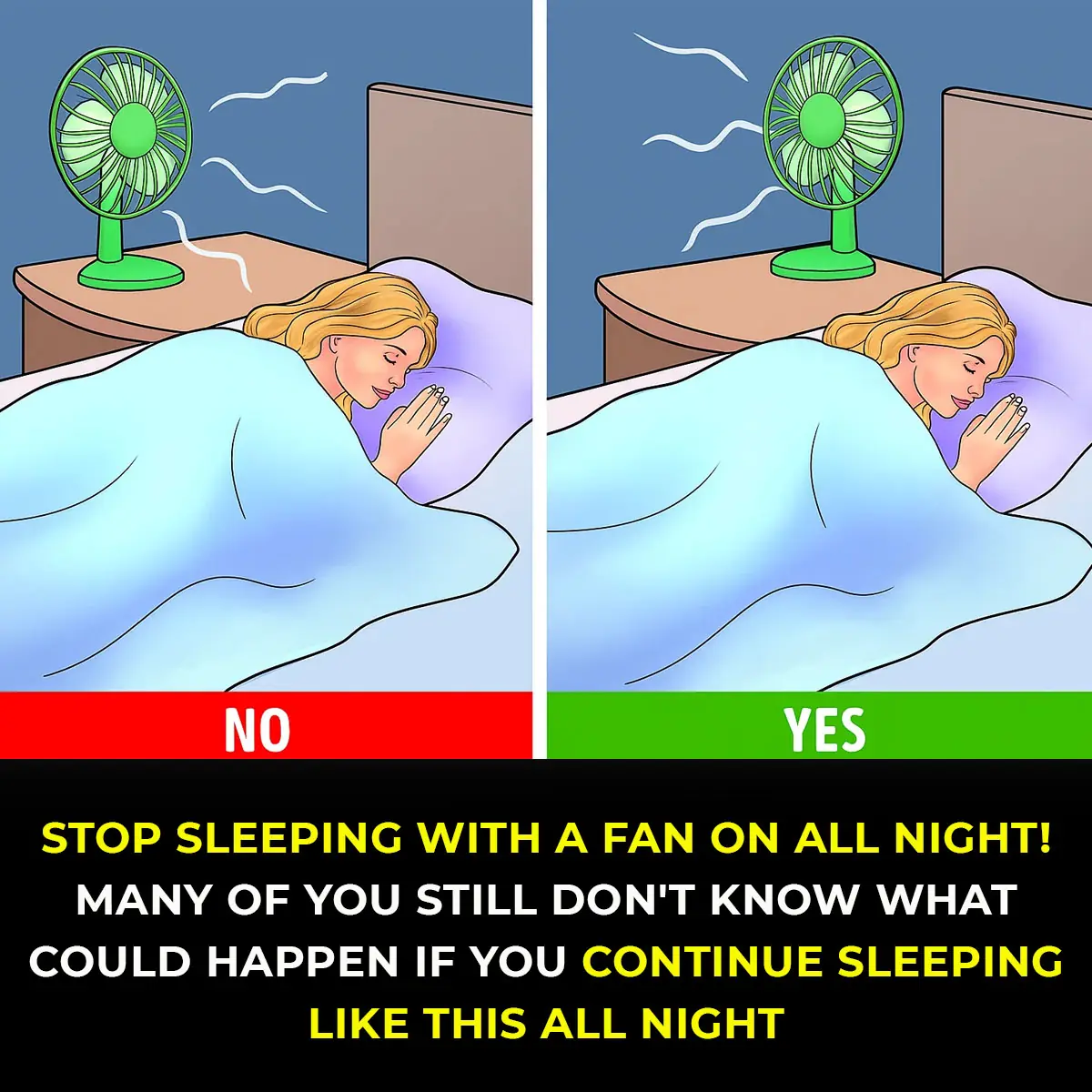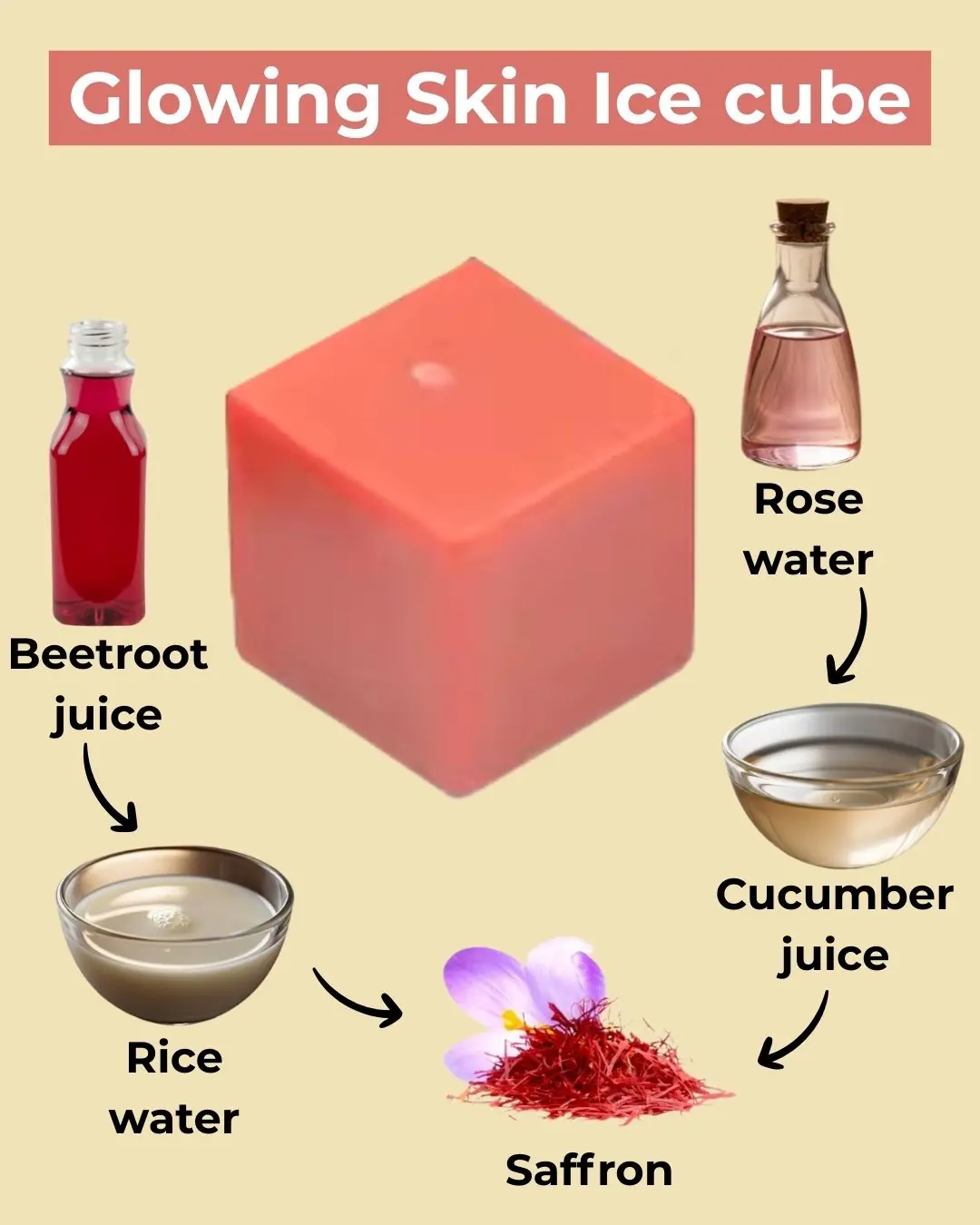
6 Health Benefits of Sleeping In a Cold Room and How to Make it Cooler- And Why You May Not Want to Use a Fan

Sleeping with a Fan: Health Risks and Better Alternatives for Cooler Nights
When the heat rises, many people instinctively reach for a fan to stay comfortable. While fans can provide quick relief, research shows that relying on them overnight may have some unintended effects on health. Understanding both the risks and the benefits of cooler sleep environments can help you make better choices for restful nights.
Potential Health Risks of Sleeping with a Fan
Using a fan isn’t necessarily harmful, but there are some important drawbacks to keep in mind. The Sleep Advisor highlights four main concerns:
1. Allergies and Irritation
Fans circulate air continuously, which can stir up dust, pollen, and other allergens. For individuals with allergies or asthma, this may worsen symptoms and interrupt sleep. Regularly cleaning both your fan and bedroom can help reduce this problem.
2. Dryness
Constant airflow can dry out your skin, eyes, and mouth, especially if you sleep with your eyes or mouth open. To minimize this effect, keep a glass of water at your bedside and consider using an eye mask for protection.
3. Sinus Problems
Cool, moving air can dehydrate the sinuses, leading to irritation and excess mucus production. This often causes headaches, nasal congestion, or general discomfort the next morning.
4. Muscle Stiffness
If a fan is directed at you all night, it may result in cramps or sore muscles, particularly in the neck and shoulders. This is due to prolonged exposure to cool air while the body is at rest.
It’s worth noting that not everyone experiences these side effects, and for some people, the benefits of a cooler room outweigh the potential downsides.
Benefits of Sleeping in a Cooler Room
Scientific studies suggest that sleeping in a slightly colder environment can have significant advantages for your health and overall well-being:
Better Sleep Quality and Reduced Insomnia
Difficulty regulating body temperature is a common factor in insomnia. A cool room helps the body lower its core temperature, encouraging faster sleep onset and deeper rest. Higher temperatures, on the other hand, tend to keep the body alert.
Weight Management and Lower Diabetes Risk
Research indicates that sleeping in a room around 66°F (19°C) can increase metabolism and improve insulin sensitivity. Cooler environments encourage the production of brown fat, a type of fat that burns calories and helps regulate blood sugar.
Anti-Aging and Stress Relief
Sleeping in cooler conditions stimulates the release of melatonin, the hormone linked to anti-aging and natural repair processes. Cooler nights also reduce tossing and turning, lowering stress levels and helping to combat symptoms of depression.
How to Create a Cool Sleeping Environment
If you rely heavily on a fan, there are alternative strategies to maintain a comfortable temperature at night without negative side effects:
-
Programmable thermostat: Keep your bedroom at an ideal temperature even when you’re away.
-
Sleep without pajamas: Allowing skin to breathe helps reduce overheating and sweating.
-
Chilled bedding: Place pillowcases or sheets in the freezer briefly before bedtime for instant relief.
-
Uncover your feet: Sleeping with your feet outside the blanket can help the body release excess heat.
-
Choose breathable bedding: Opt for cotton sheets instead of synthetics like polyester, which retain heat. An organic mattress can further improve airflow.
-
Layer strategically: Use multiple light layers so you can adjust easily throughout the night.
Finding the Right Sleep Temperature
Experts suggest that the ideal bedroom temperature for sleep is between 60–67°F (15–19°C). Staying within this range supports deeper rest, better metabolism, and improved mood. Whether you use a fan, adjust your thermostat, or experiment with bedding, cooler conditions can significantly enhance sleep quality.
Embracing Restful Nights in a Cold Room
Sleeping in a cooler environment isn’t just about comfort—it’s an investment in your overall health. By making simple changes like upgrading your bedding, lowering your thermostat, or adjusting airflow, you can create an atmosphere that supports restorative sleep.
Whether it’s the steady hum of a fan, the cool touch of cotton sheets, or improved ventilation, the key is finding what works best for your body. Listening to your signals and adjusting accordingly will help unlock the full benefits of quality sleep—leaving you refreshed, energized, and healthier.
News in the same category


Medicinal Health Benefits of Garlic (Raw, Supplement) – Science Based

Why You Should Wash Your Face With Apple Cider Vinegar

If Your Feet Swell It Is a Clear Sign

What Your Feet Are Telling You

10 Symptoms of Diabetes That May Show Up In Your Feet

This is what sleeping on the left side does for our brain, stomach & glymphatic health

12 Best Foods To Support Digestive and Gut Health

Study suggests anal cancer is on the rise and reveals who’s most at risk

Wife Complains of a Headache, Sleeps, and Dies Without Husband Knowing: This Type of Headache Requires Immediate Hospitalization!

Shocking Effects of Sleeping Less Than 7 Hours — What Really Happens to Your Body
Getting less than seven hours of sleep might feel harmless, but science shows it can quietly damage your body in ways you don’t expect. From hormonal imbalances to skin problems and even digestive issues, sleep deprivation affects far more than just you

Doctors Explain Why You Should Never Hold Back a Fart
On average, every person passes gas 14 to 23 times per day—it’s a natural part of being human and actually shows that your digestive system is functioning properly.

Scientists Invent Smart Tooth That Grows Into Your Gums And Connects To Nerves Like the Real Thing

Scientists Say This New Stem Cell Treatment Could End Type 1 Diabetes for Good

Everyday Habits That Can Cause a This Issue To Your Hands

My Nana’s Homemade Cure for Stubborn Throat Mucus That Works Every Time

Doctors Are Shocked by What Happens When You Eat Chia Seeds First Thing in the Morning

Warning Signs of Poor Blood Circulation That Are Easy to Ignore
News Post

Menopause Symptoms That May Surprise You

10 Healthy Sandwich Dos and Don’ts

Never Ever Say These 4 Things at a Funeral — No Matter the Situation
When it comes to funerals and expressions of sympathy, your words don’t need to be profound or poetic.

🥥 15 Compelling Reasons to Include Coconut Water in Your Daily Routine

🌿 30 Remarkable Benefits of Avocado Leaves

🌿 Natural Collagen Boost: Garlic Remedy for Smoother Skin

✨ Brighten Your Smile Naturally: A Simple DIY Teeth Whitening Remedy

🌟 DIY Collagen Ice Cubes for Radiant Skin

🌿 3 Natural Home Remedies to Remove Skin Tags Safely

Medicinal Health Benefits of Garlic (Raw, Supplement) – Science Based

Why You Should Wash Your Face With Apple Cider Vinegar

If Your Feet Swell It Is a Clear Sign

What Your Feet Are Telling You

The Hidden Meaning Behind Leg-crossing — It’s More Than Just Comfort

10 Symptoms of Diabetes That May Show Up In Your Feet

How To Properly Dispose of Ticks

This is what sleeping on the left side does for our brain, stomach & glymphatic health

12 Best Foods To Support Digestive and Gut Health
